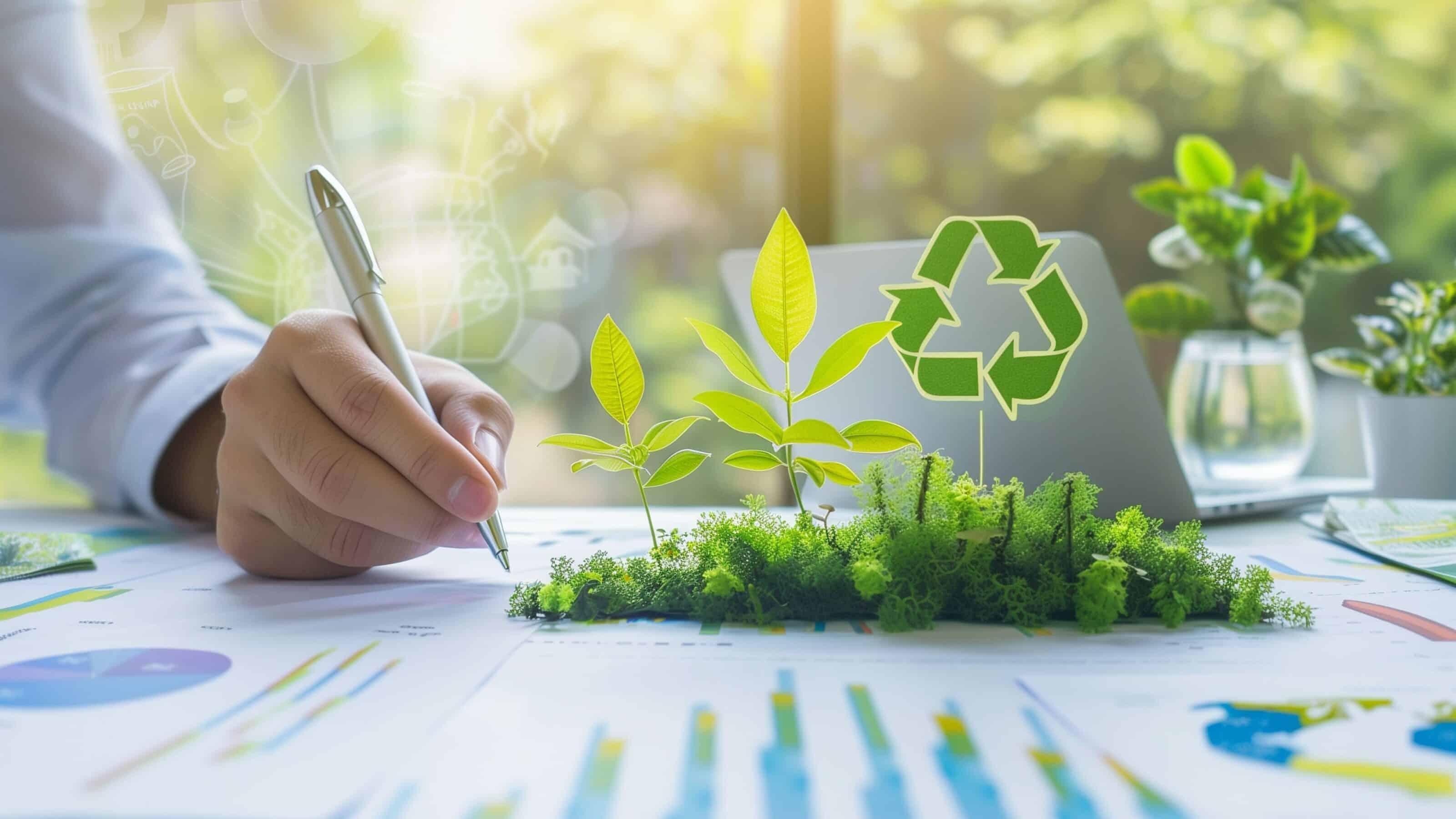The energy transition is a crucial issue today. With the rise in energy costs and the climate emergency, reducing our consumption is no longer a simple option: it is a priority. Many people wonder where to start. Between simple actions, raising awareness and new technologies, there are solutions accessible to everyone.
Using a sensor, for example, allows you to better understand and adjust your energy consumption. Thanks to a temperature or humidity sensor, it becomes possible to optimise heating and ventilation to avoid waste. An intelligent sensor can thus play a key role in the energy transition by providing accurate data to improve energy efficiency.

Published on 22 January 2025
How can sensors be used to effectively reduce consumption?
Why is it essential to reduce consumption?
There are many reasons to reduce our electricity consumption:
- Controlling energy costs: With rising energy prices, consuming less saves money, whether for individuals or businesses, especially in terms of electricity consumption, such as lighting.
- Reducing your carbon footprint: 46% of the final energy consumed in France comes from the building sector. Better management of this electrical energy, including lighting, is essential to limit greenhouse gas emissions.
- Improve your comfort: Reducing your electricity consumption, for example by optimising lighting, also means improving the quality of your indoor environment, with a pleasant temperature and better air quality.
These advantages show that reducing your electricity consumption, including lighting, is good for the planet, but also for the comfort of the occupants.
Innovation for energy efficiency
Technology plays a key role in the energy transition, particularly thanks to the IoT and LoRaWan networks. At Nexelec, we design LoRaWan-compatible IoT sensor devices capable of measuring environmental parameters such as temperature and humidity. These IoT devices, connected via LoRaWan, provide essential data for optimised energy management in buildings.
For example, the level of humidity influences the perceived temperature. By measuring this parameter, our IoT sensors using the LoRaWan protocol can determine the ideal time to turn on or adjust the heating, thus limiting energy waste. Thanks to LoRaWan, these connected sensors enable efficient data transmission over long distances, facilitating intelligent and real-time regulation. This type of IoT technology actively contributes to energy efficiency by optimising building consumption.
Taking simple steps to reduce energy consumption
Reducing energy consumption is not just a question of technology. Simple actions, applied on a daily basis, can have a significant impact on the way energy is consumed:
- Turn off unnecessary lights: It seems obvious, but it is a first step that is accessible to everyone in a more responsible energy management mode.
- Turn down the heating by 1 or 2 degrees: Each degree saved represents up to 7% reduction on your energy bills, a more rational heating mode.
- Use energy-efficient appliances: Favour appliances with the low-energy label for your everyday needs, a more environmentally friendly way of using them.
These small efforts, part of a more responsible way of consuming, can produce significant savings and have a real ecological impact.
Changing habits through awareness-raising
To achieve long-term success, it is essential to raise awareness among all stakeholders:
In companies, it is essential to involve employees in the process, train teams and modernise the system to improve energy management. And in homes, everyone can take action by adopting new habits such as switching off appliances on standby or optimising the use of heating and air conditioning systems. This results in a significant reduction in energy bills, thus saving money.
This news may interest you
Nexelec's news
